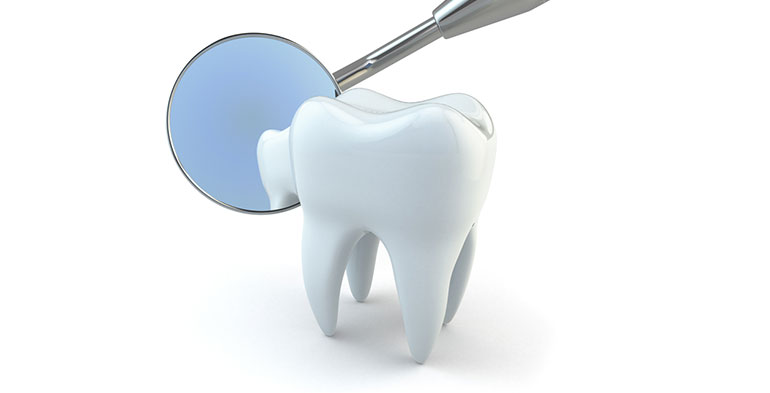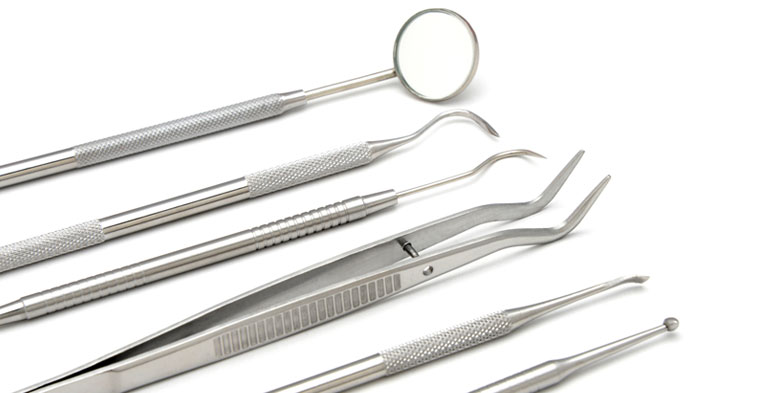Treatment Flow (Process)
1First Visit (Initial Consultation)
After hearing your concerns regarding pains and discomforts, we will provide a thorough consultation, tailored specifically to your wants and needs.
If your treatment requires fillings or coverings, will explain the various choices of materials to you.

2Examination
We will carefully examine the current condition of your teeth to determine which treatment suits your needs best. To do this, we will take photos of your mouth, examine the depth and spread of your periodontal disease, check for cavities, take x-ray scans, etcetera.

3First Aid (Emergency)
If you happen to require emergency care, or experiencing sharp pain and severe inflammation, we can provide first aid to relieve the pain.

4Second Visit (Follow-Up)
We will provide a detailed explanation of your future treatment plans.
When it comes to tooth decay treatment, there are those that require regular, ongoing treatment, and there are others who are only in the early stages of decay. If it is the latter, the treatment will be completed within a certain amount of treatment sessions.
Cavity treatment is also influenced by the condition of your gums. In other words, if the gums are inflamed, the inflammation has to be reduced before moving on to performing cavity treatment.

5Cavity Prevention, Regular Checkups, & Cleaning Maintenance
The most effective method to prevent tooth decay and gum disease is proper brushing and flossing at home, along with regular dental checkups. Once the treatment is finished, protecting your teeth with regular checkups and consistent tooth brushing is the key to prevent conditions from reappearing.
In order to prevent cavities that often afflict infants and children with weaker teeth, fluoride application is particularly effective for promoting the strengthening and remineralization of their teeth. This will result in making their teeth more resistant to acidic components.



